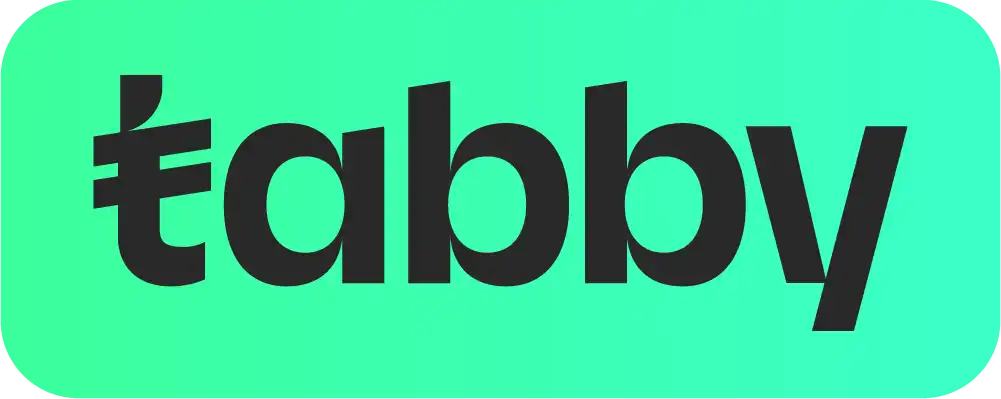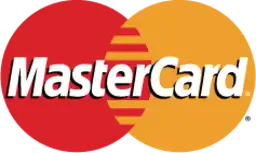Searching for the right online course can feel overwhelming, right? Don’t worry, I’ve done the hard work for you! Today, I’m sharing the best graphic design online courses that not only teach you amazing skills but also give you a valuable certificate. These courses are perfect for turning your passion into a recognized talent. Get ready to start your journey and build a rewarding career in graphic design
Overview of Graphic Design
Graphic design is the art of visual communication, combining images, symbols, and text to create impactful messages. From logos and websites to brochures and advertisements, graphic designers play a pivotal role in shaping how ideas and brands are perceived. With the rise of digital platforms, the demand for skilled graphic designers continues to grow, creating exciting opportunities in various industries.
Importance of Online Courses
Online courses have democratized education, making it possible for anyone with an internet connection to learn new skills. They offer an alternative to traditional education, focusing on practical knowledge that can be applied immediately in the real world. This flexibility is particularly beneficial for aspiring graphic designers, who often need to balance work and studies.
Benefits of Learning Online
Flexibility and Convenience
One of the standout advantages of online learning is its flexibility. Students can access materials anytime and from anywhere, allowing them to learn at their own pace. This convenience is especially helpful for those juggling personal commitments or full-time jobs, making education more accessible than ever.
Self-Paced Learning
Many online courses allow students to learn at their own speed. This means you can spend more time on complex topics without the pressure of keeping up with a classroom schedule. This self-paced approach can lead to a deeper understanding of the material and a more enriching learning experience.
Access to Expert Knowledge
Online courses often feature experienced instructors who provide insights based on their industry knowledge. Interacting with experts can enhance your learning experience, as you gain access to current trends and techniques that may not be covered in traditional textbooks.
Top Graphic Design Online Courses
Basics for Beginners
Introduction to Graphic Design
This course typically covers the fundamental principles of graphic design, including composition, color theory, and typography. Students learn how to create visually appealing designs that effectively communicate messages.
Principles of Design
Understanding the basic principles, such as contrast, alignment, repetition, and proximity, is crucial for any aspiring graphic designer. This course helps students grasp how these elements interact to create compelling visuals.
Intermediate Courses
Web Design Essentials
As businesses increasingly operate online, web design skills become essential for graphic designers. This course teaches students how to design functional and aesthetically pleasing websites that meet user needs.
Typography and Color Theory
Typography and color are vital elements in any design project. This course delves deeper into these topics, exploring how to choose fonts that enhance readability and colors that evoke specific emotions.
Advanced Skill Enhancement
Animation and 3D Modeling
For those looking to push their creative boundaries, courses in animation and 3D modeling offer exciting opportunities. Students learn how to create dynamic visuals that add depth and movement to their projects.
User Interface Design
User interface (UI) design is critical for creating user-friendly applications and websites. This course focuses on designing intuitive interfaces that enhance user experience while maintaining visual appeal.
What You Will Learn
Software Skills (Adobe Suite, Sketch)
Most graphic design courses include training in essential software such as Adobe Photoshop, Illustrator, and Sketch. Mastery of these tools is crucial for any graphic designer, as they form the backbone of the design process.
Project Management and Strategy
Effective design is not just about creativity; it also requires project management skills. Students learn how to plan, execute, and manage design projects from start to finish.
Portfolio Building
Building a strong portfolio is essential for showcasing your skills to potential employers or clients. Your portfolio will be a reflection of your work, and many courses provide guidance on how to curate and present your best pieces effectively.
Career Opportunities After Completion
Freelance Graphic Designer
Many graphic designers choose the freelance path, enjoying the flexibility to work with a variety of clients and projects. This route can offer great rewards, but it also requires good business acumen and self-motivation.
Corporate Brand Designer
Working as a corporate brand designer means creating and maintaining the visual identity of a company. This role often involves collaboration with marketing teams to develop cohesive branding strategies.
UX/UI Designer
Focusing on user experience (UX) and user interface (UI) design has become increasingly popular. These designers ensure that products are user-friendly and visually appealing, playing a crucial role in tech companies and startups.
Choosing the Right Course
Factors to Consider: Cost, Duration, Faculty
When selecting an online graphic design course, consider factors such as cost, duration, and faculty expertise. It’s important to find a best training center that fits your budget and timeframe while also providing experienced instructors.
Reviews and Ratings
Looking at reviews and ratings from former students can provide valuable insights into the course’s effectiveness. Positive feedback often indicates a well-structured program that delivers on its promises.
Tips for Succeeding in Online Courses
Setting a Schedule
While the flexibility of online learning is appealing, setting a schedule can help keep you on track. Allocate specific time blocks for studying to ensure consistent progress toward your goals.
Participating in Forums
Engaging in forums and discussion groups can enrich your learning experience. Connecting with fellow students allows you to share ideas, seek feedback, and gain different perspectives on design projects.
Practical Projects
Taking on practical projects is a great way to apply what you’ve learned. Completing real-world tasks not only solidifies your understanding but also adds valuable work to your portfolio.
Conclusion
The journey to becoming a skilled graphic designer offers numerous benefits, from flexible learning opportunities to access to expert knowledge. As the demand for design skills grows, now is a great time to start your education. Embrace the chance to learn, expand your creativity, and explore the endless possibilities in the world of graphic design. Start your journey today and see where it can take you.














